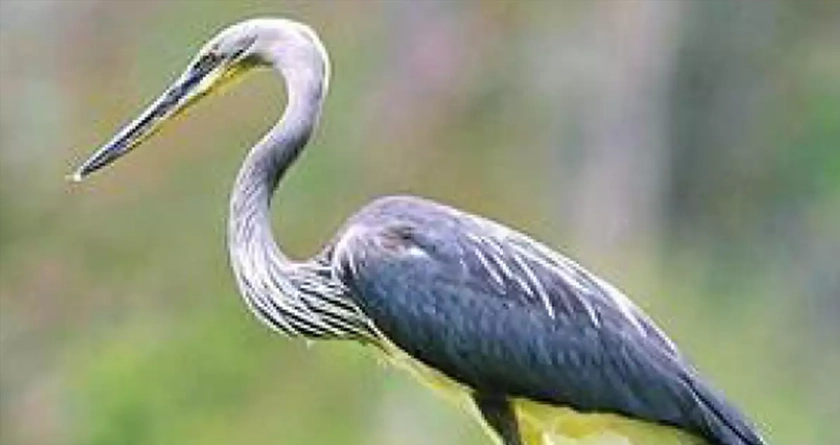
White-bellied Heron
Birds Habitats
Tuesday, 28th September 2021
BREEDING RANGE:
It has been found in India (Arunachal Pradesh, Assam), northeast Bangladesh, and Bhutan in recent years. This range is far smaller than what is thought to have been its historic range, which is unknown. It appears to have spread south to Bhutan, northern Myanmar, and (based on new evidence) Bangladesh, from the southern foothills of the Himalayas in Nepal and India (Assam, West Bengal, Arunachal Pradesh, Nagaland) (Choudhury 1992, Anon. 1994, Sugathan et al. 1987, BirdLife 2001). (Scott 1989). It is no longer found in Nepal, south Myanmar, or Assam, as far as we know (Inskipp 1989, BirdLife 2001).
The Great White-bellied Heron is not known to migrate, however post-breeding dispersal is common during the rainy season, especially from lower marshy areas. Southeast Myanmar (Toungoo, Pegu) and India (Tamal Nadu) records are considerably beyond the predicted breeding zone. This species may have been observed in China in the 1930s (BirdLife 2001).
The species is extremely rare and has only been documented a few times in the past. Individuals have been spotted in Bangladesh, Assam, and Bhutan recently (Inskipp and Inskipp 1993a, b, Harvey 1990, Thompson et al. 1993). It has also been recorded from the Sundarbans recently (Jepson 1987). Overall, it has a very small population, which is expected to continue to decline. The Indian population is only a few hundred people. It's extremely rare in Bangladesh, common in Bhutan, and uncommon in Myanmar (BirdLife 2001).
HABITATS
Large inland swamp woods and wooded rivers, as well as submontane grasslands, are home to this heron. For nesting, it appears to be dependent on mature woods with huge trees near marshes, rivers, or lakes. Its habitat includes dense forest and rivers (duar) in the southern Himalayas, as well as the terai, a marshy area of elephant grass and dense forest patches dependent on dirt poured down from the highlands. It can be found in areas of residual mature woodland throughout its range (Perennou et al. 2000). It forages predominantly in riverine areas, especially during nesting. These might range from vast riverbeds with sand and shingle to little wooded streams.
The News Talkie Bureau
Source
Heronconservation











